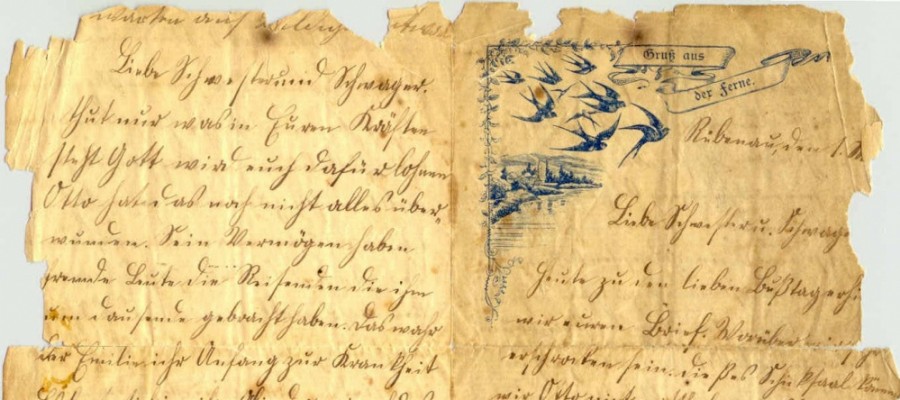ULVEHYL
Håvard`s blogg . generelt bare tull, men noen gullkorn kan jo finnes….!
- Hjem
- «Du er en mann, min sønn….!»
- Aleister Crowley ( også kalt «Verdens Ondeste Mann)
- Alkymi
- Apokryfene
- Beograd
- Berenger Sauniere og Emma Calve
- Coat of Arms
- Druids
- Frimureri
- Guca Trumpetfestival
- Hermes Trismegistos
- Huset Karađorđević
- Jacques de Molay
- Jesuittordenen
- Jesuittordenen (english version)
- Johannitterordenen
- Josip Broz TITO
- Katarene (Cathar)
- Konspirasjon 1. ILLUMINATI
- Konspirasjon 2. Legenden om Atlantis
- Konspirasjon 3. Nesta Webster
- Konspirasjon 4. SIONS VISES PROTOKOLLER
- Lagavulin
- LAPHROAIG
- Lutefiskens venner
- Musikkinstrumenter fra Balkan
- Mysteriene ved Rennes-le-Chåteau
- Nasjonalkostymer fra Balkan
- Nikola Tesla
- Northern Cheyenne
- OGLALA LAKOTA (Sioux)
- Requiem por Biblioteca Nacional Sarajevo
- Ṣalāḥ ad-Dīn Yūsuf ibn Ayyūb (Saladin)
- Sir Isaac Newton
- SKOTTLAND
- Slivovica
- St. Mikael
- Sun Tzu
- Tycho Brahe
- Vanvikan i gamle dager



The history of Skadarlija began in the 1830s with the settlement of Gypsies in the abandoned trenches in front of the ramparts. The 1854 town plan of Belgrade reveals that the Gypsy hovels had been replaced by brick buildings into which artisans, caterers, petty clerks and others moved. The whole locality was referred to as the Gypsy Quarter until 1872, when the street was named after the town of Skadar), which was the capital of the Serbian medieval state (today Shkodër in Albania). Skadarska ulica, Serbian for «Skadar street», is still the official name.